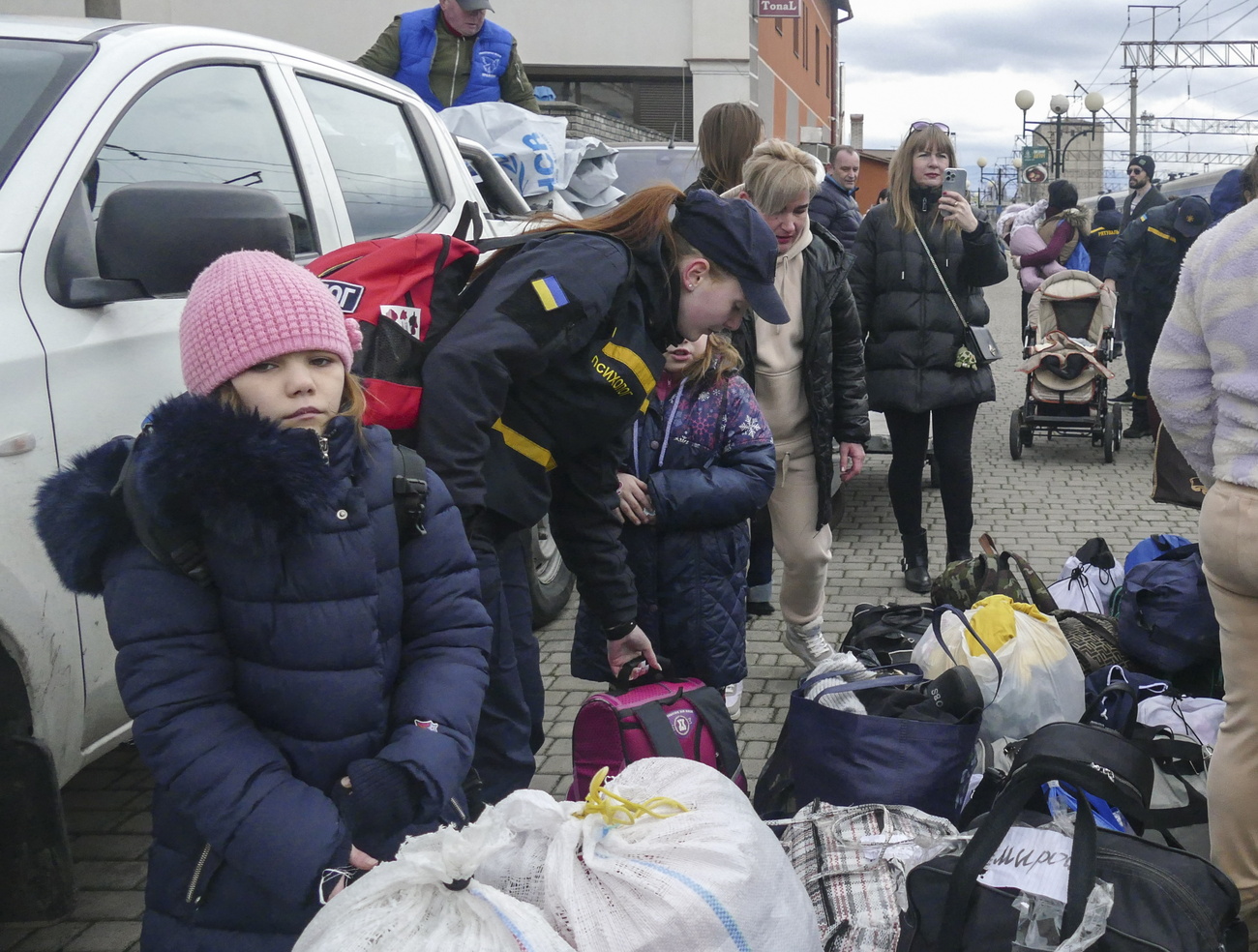
Raw material prices pose corporate challenges

Massive spikes in the price of oil, metals, grains and other commodities are forcing companies to reappraise how they keep a lid on spiraling costs.
The world of commodity risk management involves far more than keeping tabs on the price fluctuations of raw materials. It also encapsulates logistics, politics, currency exchange rates and weather forecasting.
In February, Swiss food giant Nestlé said it expected rising commodity prices to add SFr2.5 to SFr3 billion ($2.7 to $3.2 billion) in additional costs this year – an increase of eight to ten per cent on its 2010 cost base.
A leap considering oil prices eroded SFr150 million from the profits of Swiss International Air Lines in the first nine months of 2010.
Such large companies already have highly sophisticated commodities teams in place. Nestlè revealed a four-pronged strategy to tackling the spiraling cost of a host of raw materials – from coffee beans to cocoa, sugar and other agricultural products.
The company employs specialists to extract the underlying trends behind price volatility and use financial derivative instruments to hedge risks. Nestlé has also set up projects in countries such as Mexico and Colombia to establish closer links with farmers.
Price not everything
Another method of fighting raw material costs is to develop new combinations of ingredients in its products and to reduce waste. But if no other way can be found to rein back costs they are passed on to the consumer.
But the surge in raw material prices affects companies of all sizes, with smaller firms having to move faster to keep up with changing times, according to Wenzel von der Heydte, a manager at KPMG Switzerland’s financial risk management team.
“The traditional one-dimensional risk approach of identifying exposure to commodities and hedging them with financial derivative instruments is no longer valid,” he told swissinfo.ch. “The rapidly moving and developing market now requires a multi-dimensional approach.”
Simply hedging risks with financial instruments is not enough. Firms should also be careful about sourcing supplies, spread the risk and take into account a multitude of other factors, such as regulatory changes and currencies.
“Many people believe that commodity risk management is just about commodity prices. But if you only look at the price you are always behind the curve and you will lose competitive advantage,” he added.
All too often, there is a fatal disconnect between risk managers and logistics, purchasing and quality control teams.
Competitive advantage
A disjointed company will fail to secure cost effective shipping in advance to be ready for an economic upturn and increased demand. Another firm could lose competitive advantage if it has to take inferior quality raw materials because of a supply default.
There are also upsides to effectively managing commodity risks, said von der Heydte.
“If chocolate company A has to put less cocoa into their bars because of a supply default from a plantation, company B could gain an advantage by advertising the fact that they still use the same amount of cacao because they covered their risks more efficiently,” he told swissinfo.ch.
The current turmoil in North Africa and the Middle East is a classic example of how firms should plan ahead by establishing the reliability of suppliers and spreading the risk to numerous countries, according to KPMG financial risk management director Thomas Küng.
“If companies start to hedge against oil price volatility because of the Libyan crisis they are missing the point,” he told swissinfo.ch.
The strength of the franc has given Swiss firms an important international advantage as raw material prices explode. Most commodities are priced in US dollars, making them cheaper for Swiss companies to obtain.
Speculation
Swiss precision tools company Oertli said it saved around ten per cent on its raw materials expenditure last year thanks to favourable exchange rates. But these savings were wiped out by the Chinese export restrictions on carbides it needs to make its tools.
“This raw material is only produced by Chinese mines and it rose ten to 15 per cent last year because China held most of it back for internal industrial use,” chief executive Paul Oertli told swissinfo.ch.
Such dramatic commodity price volatility took off less than ten years ago thanks to mismatches in supply and demand. Population increases and the emergence of new powerful economies have placed a strain on demand, exacerbated recently by adverse weather patterns, crop failures and political unrest.
The appearance of speculators on the scene, looking to make an alternative profit during a period of low interest rates, has also turned the heat up, according to Thomas Küng.
“The commodities market used to be reserved purely for insiders who traded in raw materials. Now there are many more participants in the market and that has suddenly made it far more volatile,” he told swissinfo.ch.
“This has made life far more complicated for the people who need to invest in the physical raw materials to make their products.”
The price of raw materials has swung dramatically over the past decade due to supply and demand mismatches, adverse weather patterns and political tensions in many parts of the world.
Strong economic output sent oil prices to above $100 a barrel in 2008, only for prices to swiftly fall to around $40 a barrel as the financial crisis kicked in.
Renewed economic fortunes, led by emerging countries such as China, saw oil prices climb again last year. Recent political unrest in North Africa and the Middle East has seen them soar to just under $120 a barrel in recent days.
Floods in Australia, drought in the Americas and fires in Russia have contributed to poor harvests of many agricultural staples. The World Bank estimates that as a consequence food prices rose 15% in the four month period between October 2010 and January 2011.
Such rapid price hikes have led to rioting and civil unrest in many of the world’s poorest countries.
The International Coffee Organisation recently said inventories had hit their lowest point for 40 years as a result of poor harvests.
Political unrest in the Ivory Coast has sent the price of cocoa to its highest level in 33 years.
Analysts believe the cost of iron ore is set to triple this year from the price of March 2010, according to the Financial Times newspaper.
Coal prices rose nearly 20% in January alone as a consequence of floods disrupting Australian mines.
The price of many vital metals has also gone through the ceiling in recent months. Copper now costs around $10,000 a tonne compared to around $6,000 a year ago.
The price of so-called rare earth minerals – widely used in electronic goods – is spiraling as China stockpiles its production for internal industrial use and limits exports.

In compliance with the JTI standards
More: SWI swissinfo.ch certified by the Journalism Trust Initiative
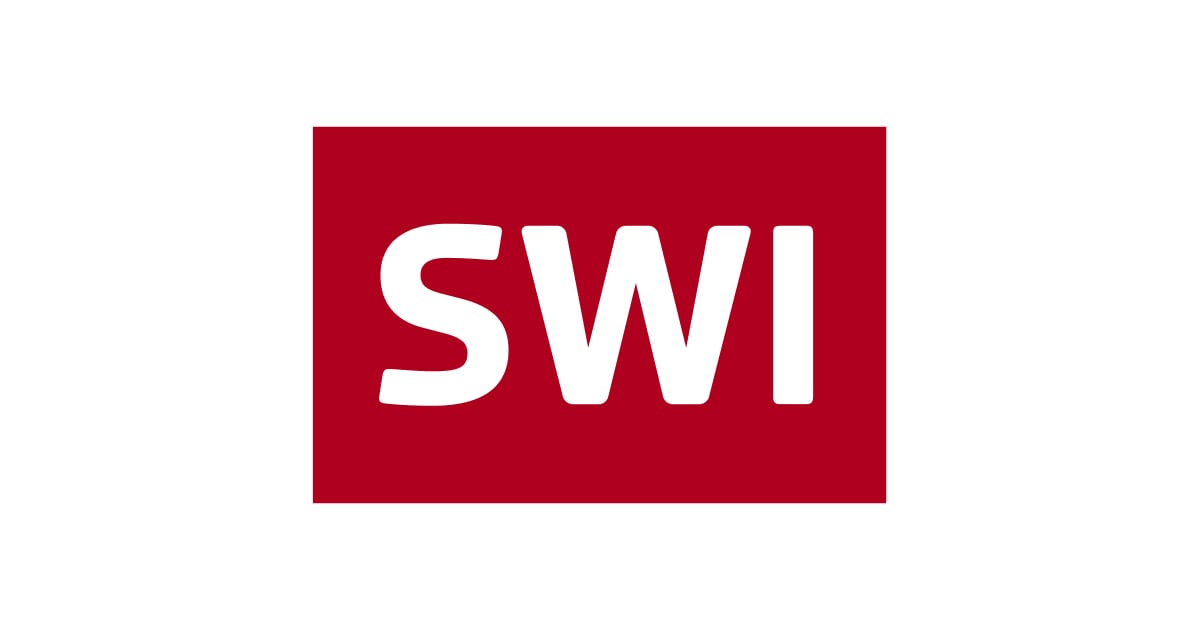




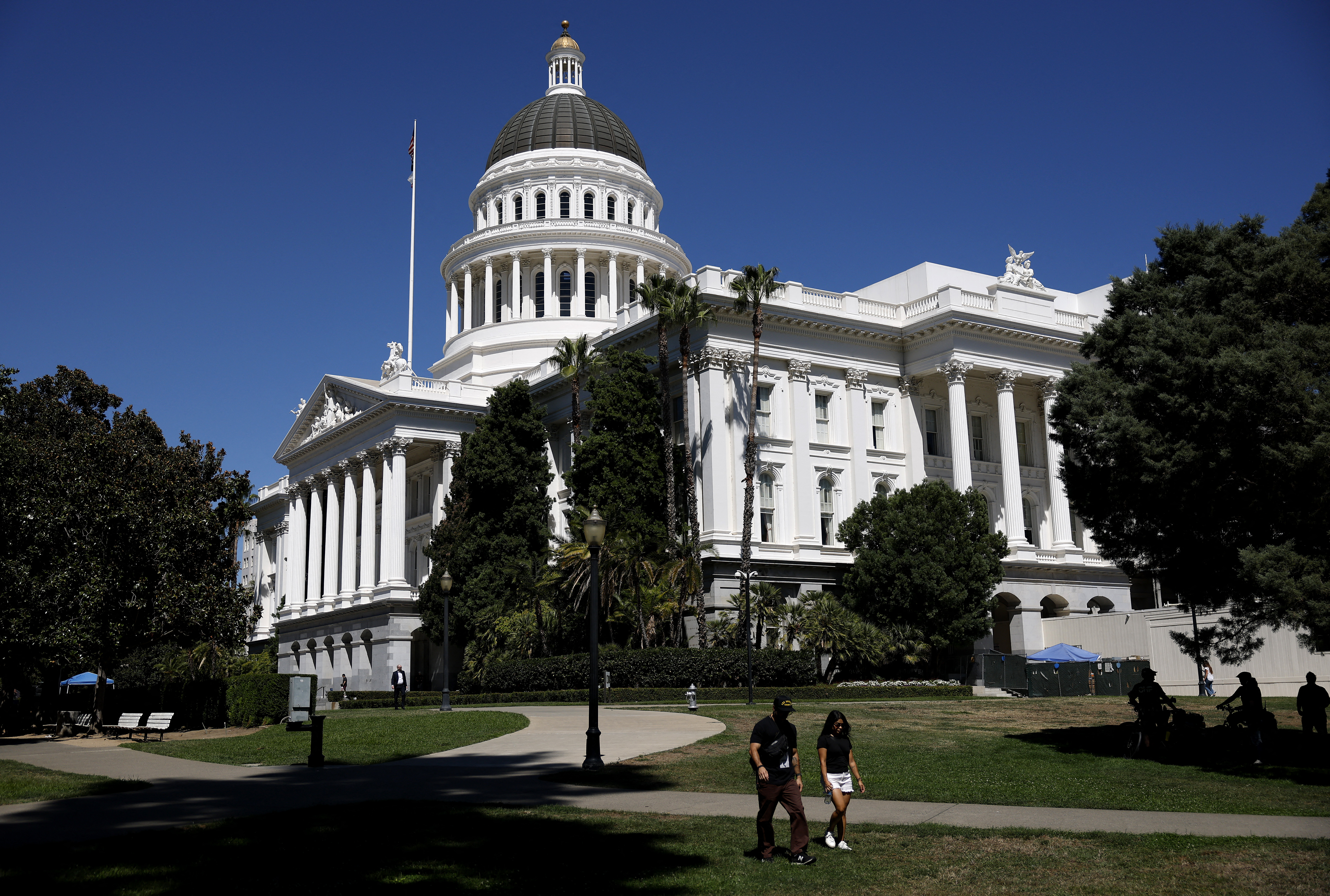
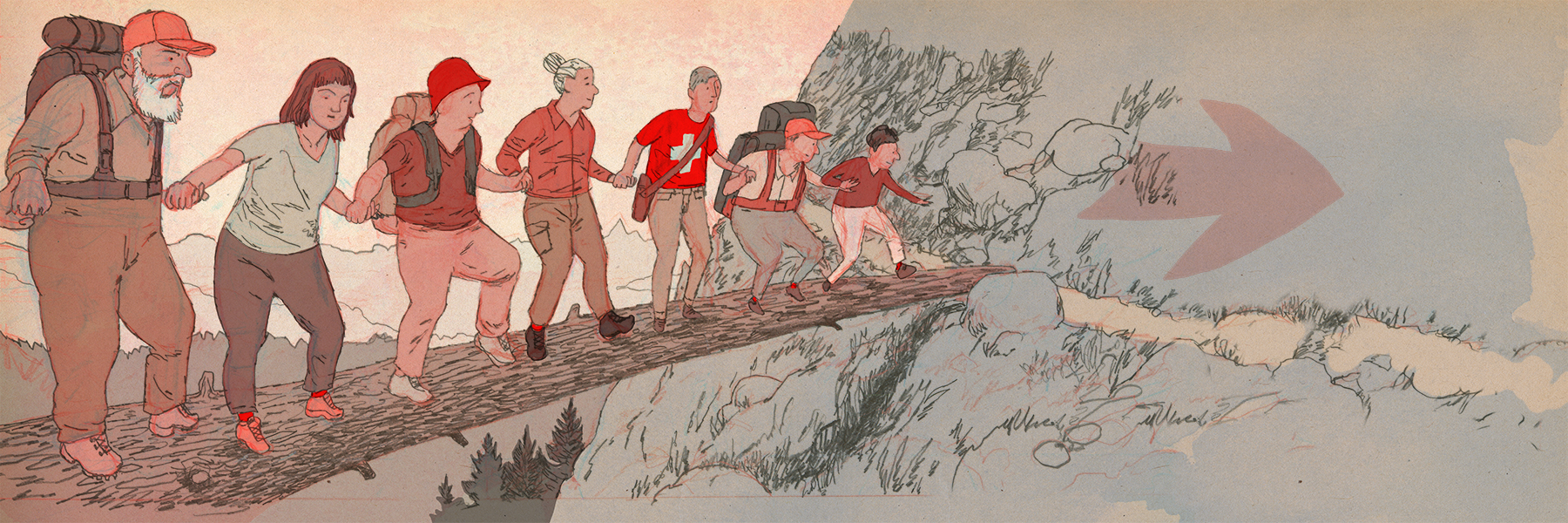







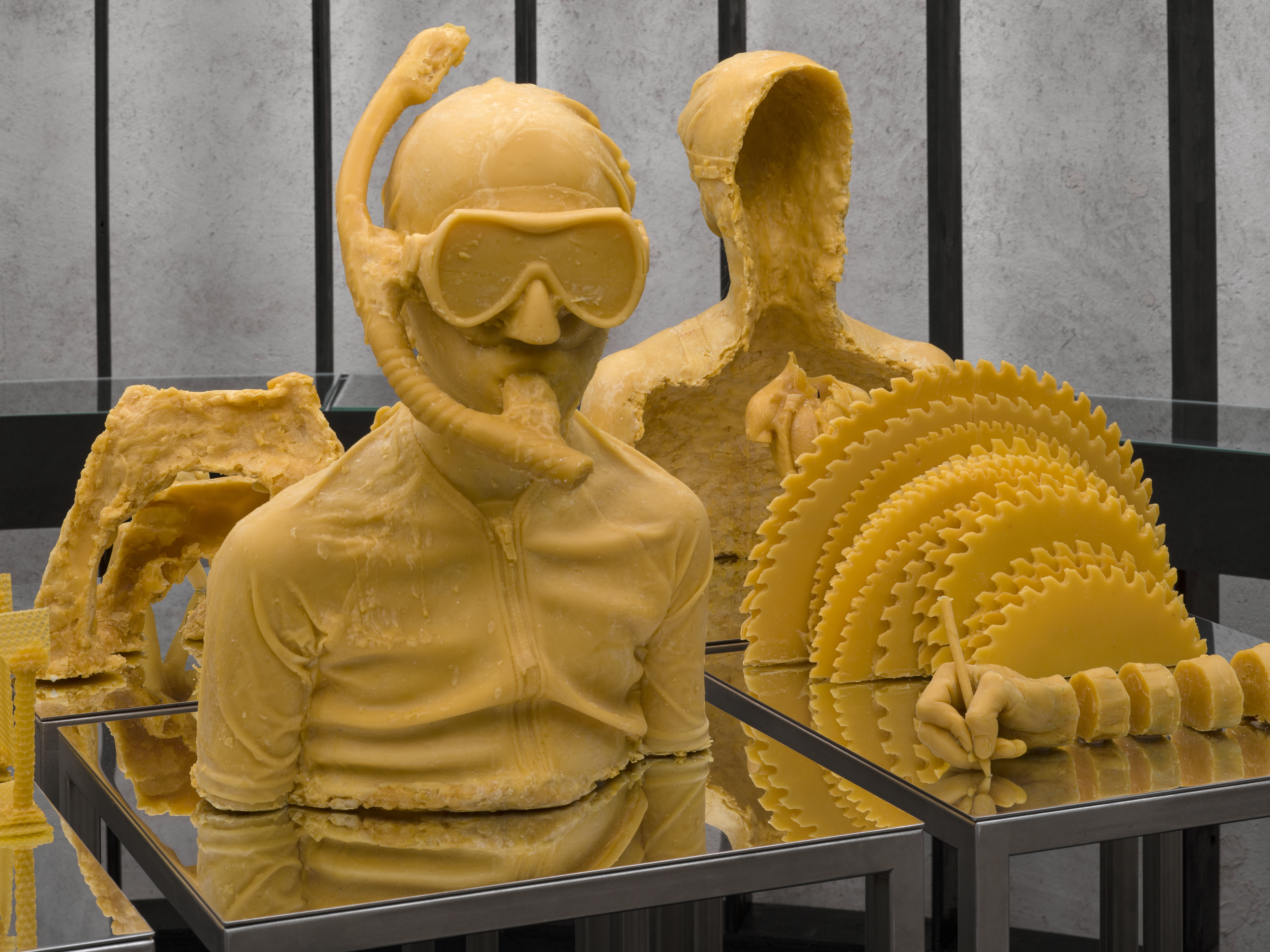
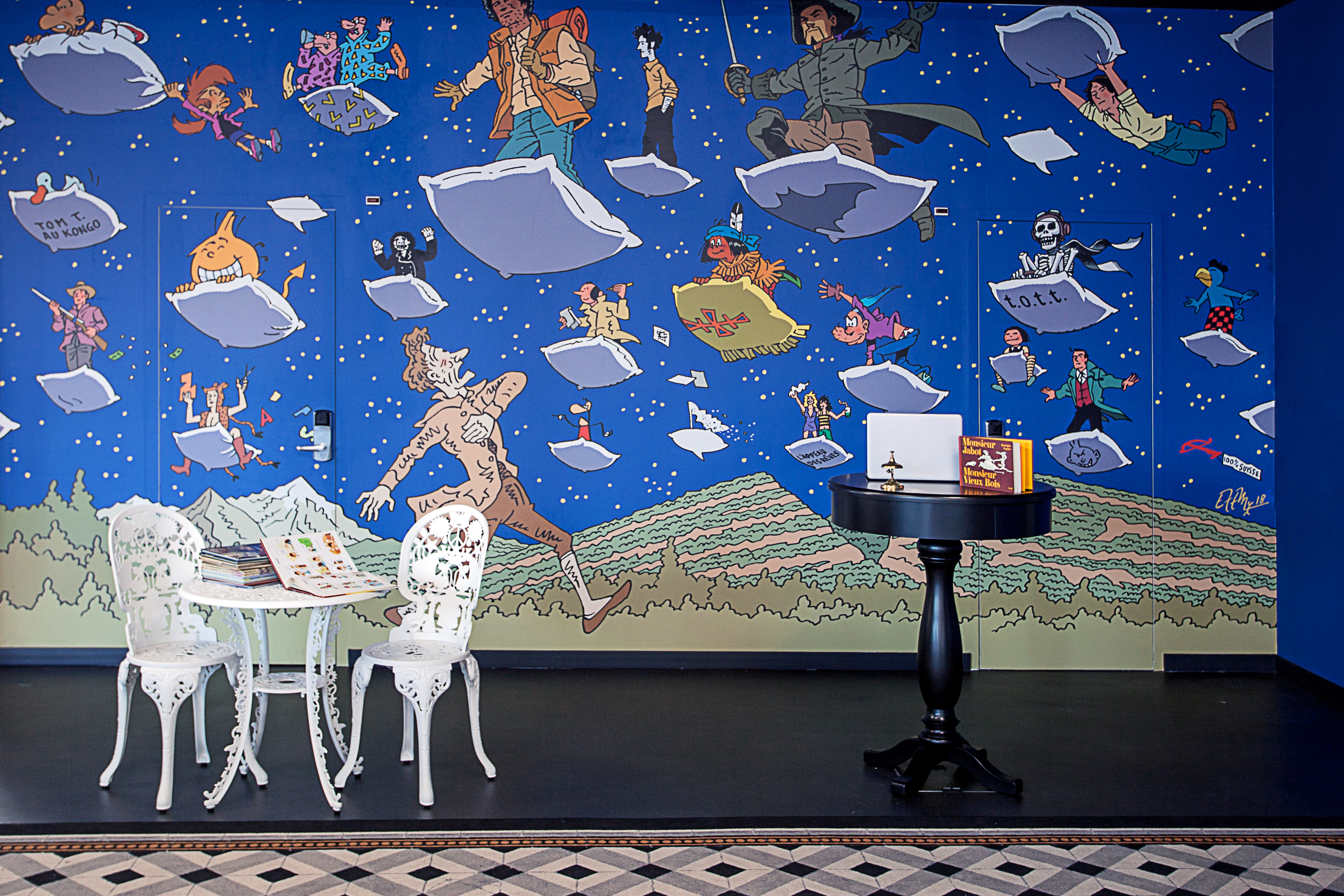



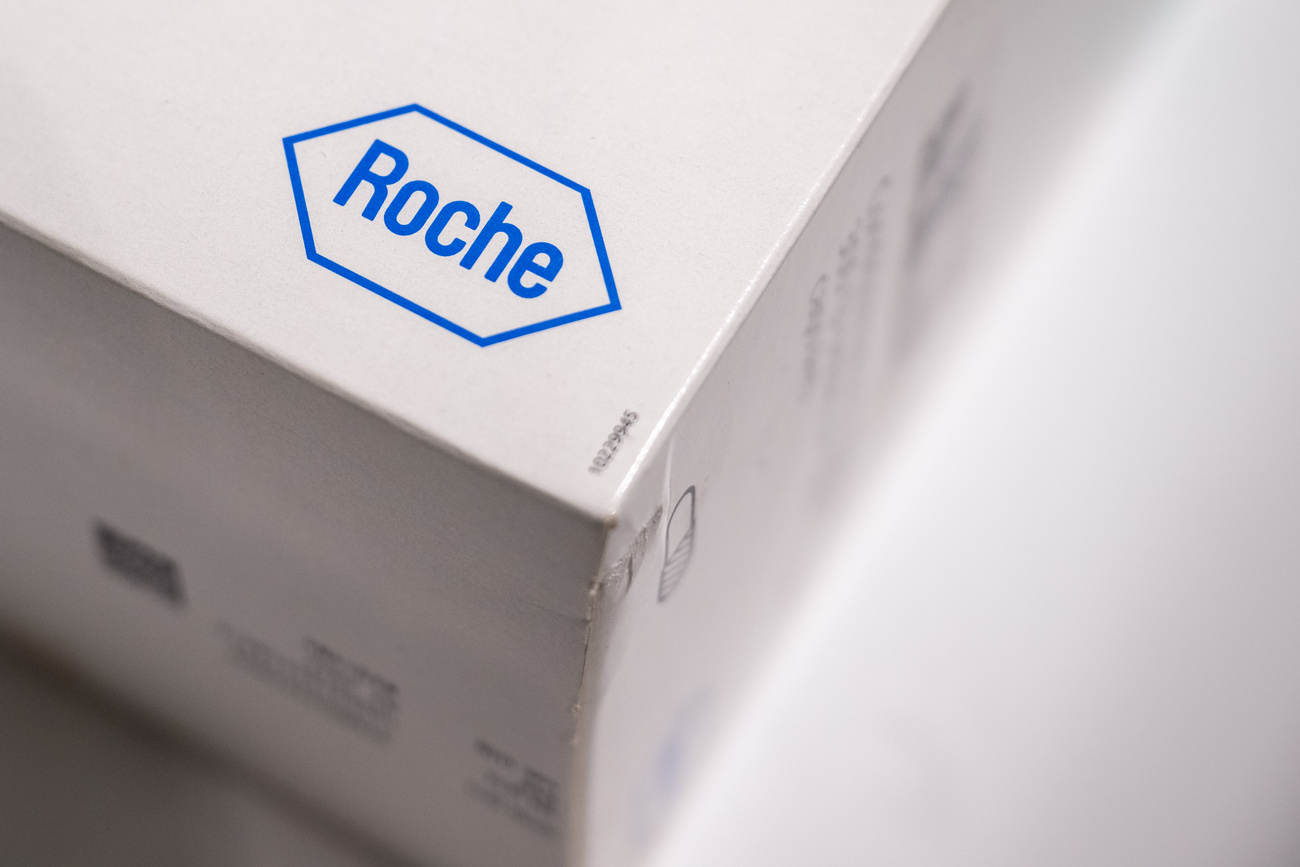








You can find an overview of ongoing debates with our journalists here . Please join us!
If you want to start a conversation about a topic raised in this article or want to report factual errors, email us at english@swissinfo.ch.